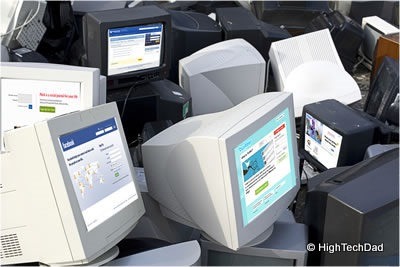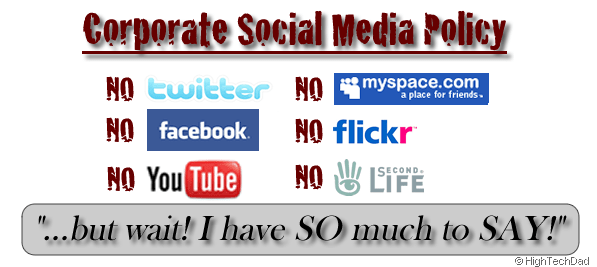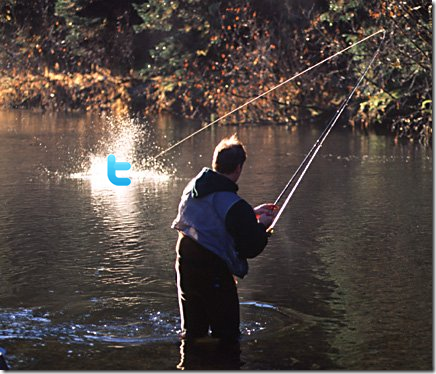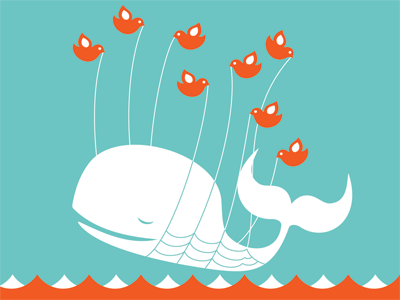How a New Website or Redesign Can Help Refocus your Business
If you are feeling that you need to shake things up a bit in your business, consider doing a new website or redesigning your existing one. Seriously. The process of re-architecting your web presence is a form of catharsis and rebirth. It can help you fine-tune your existing marketing messages, focus your unique value proposition and re-define your visual identity. "If it ain't broke, don't fix it" you respond. That is all well and good, but if you don't take a few risks, the rewards don't come as frequently. In fact, the exercise in re-evaluating how people interact with your business on the web can actually help you refocus your business to better help them. This site, HTD Strategies, is new as of October 2013. Prior to that, it was just a figment of my imagination, a concept and a dream. And then something clicked and ideas moved from my synapses to the digital bits and bytes you see before you. Ideas became reality. While this is an accomplishment, for me the entire process of focus and definition was more rewarding than the actual end result. So I got to thinking, why did it feel so good? As with any project, its completion is extremely satisfactory. There is nothing better than putting a check in the box, after all, we are all ruled by to-do lists, project plans and action items. But as I reflected back on the past couple of weeks, I realized that the process of designing a new website (or redoing an existing one) is actually quite critical to businesses. It's as important as repainting a dingy room or mowing the lawn or building a new addition on your house. Not only [...]




